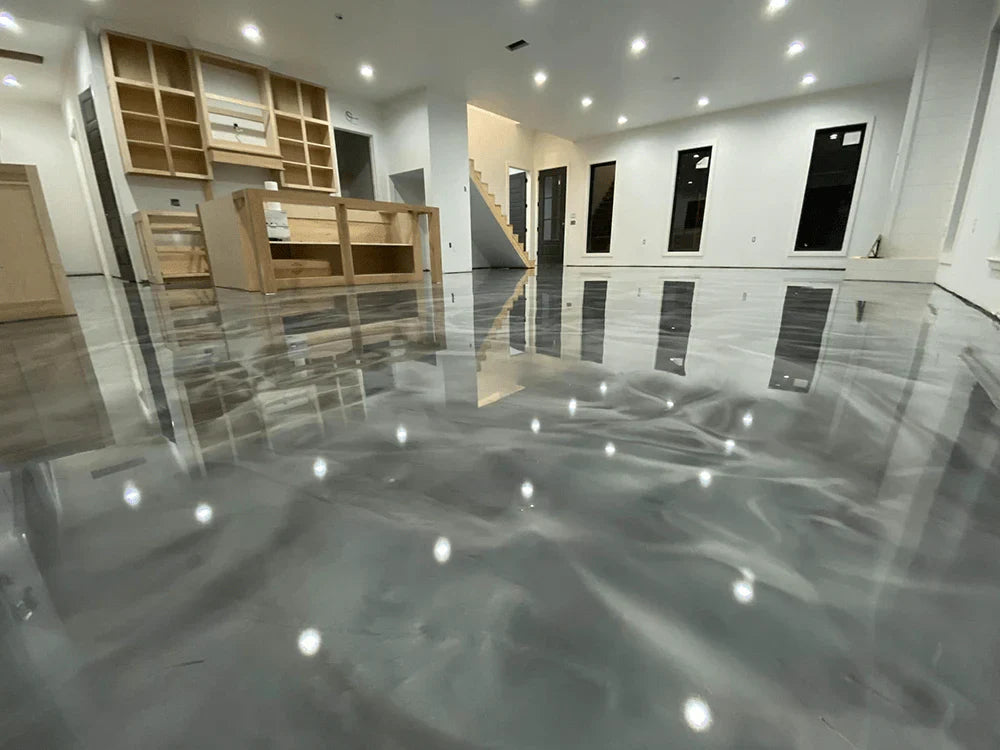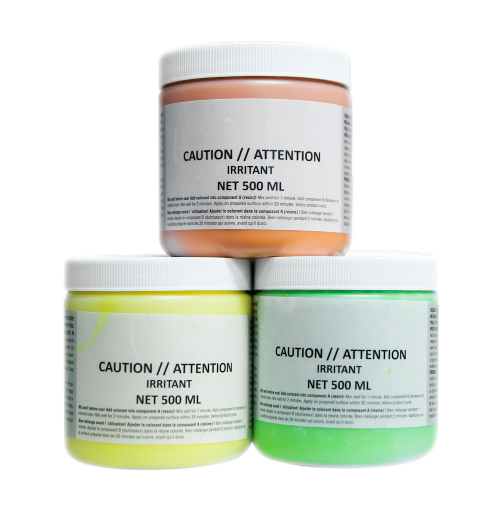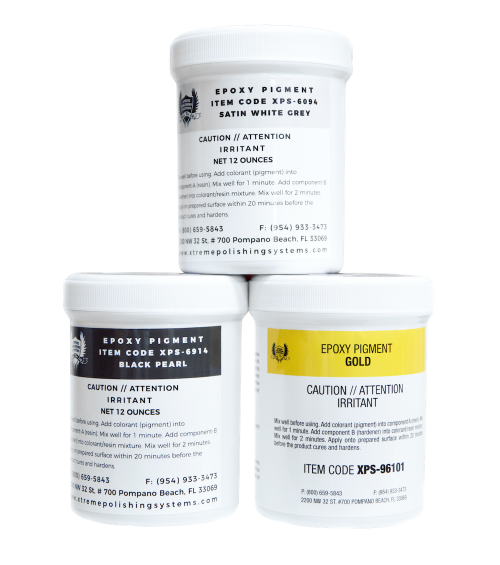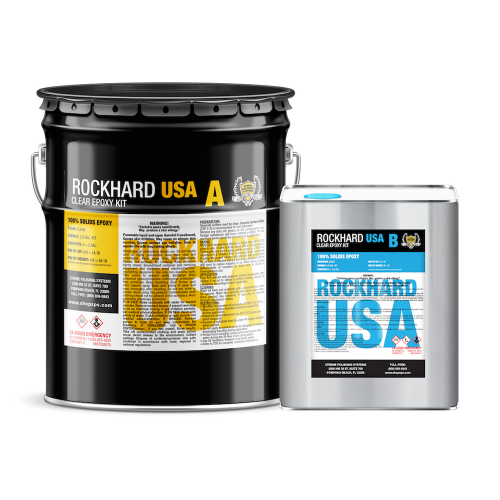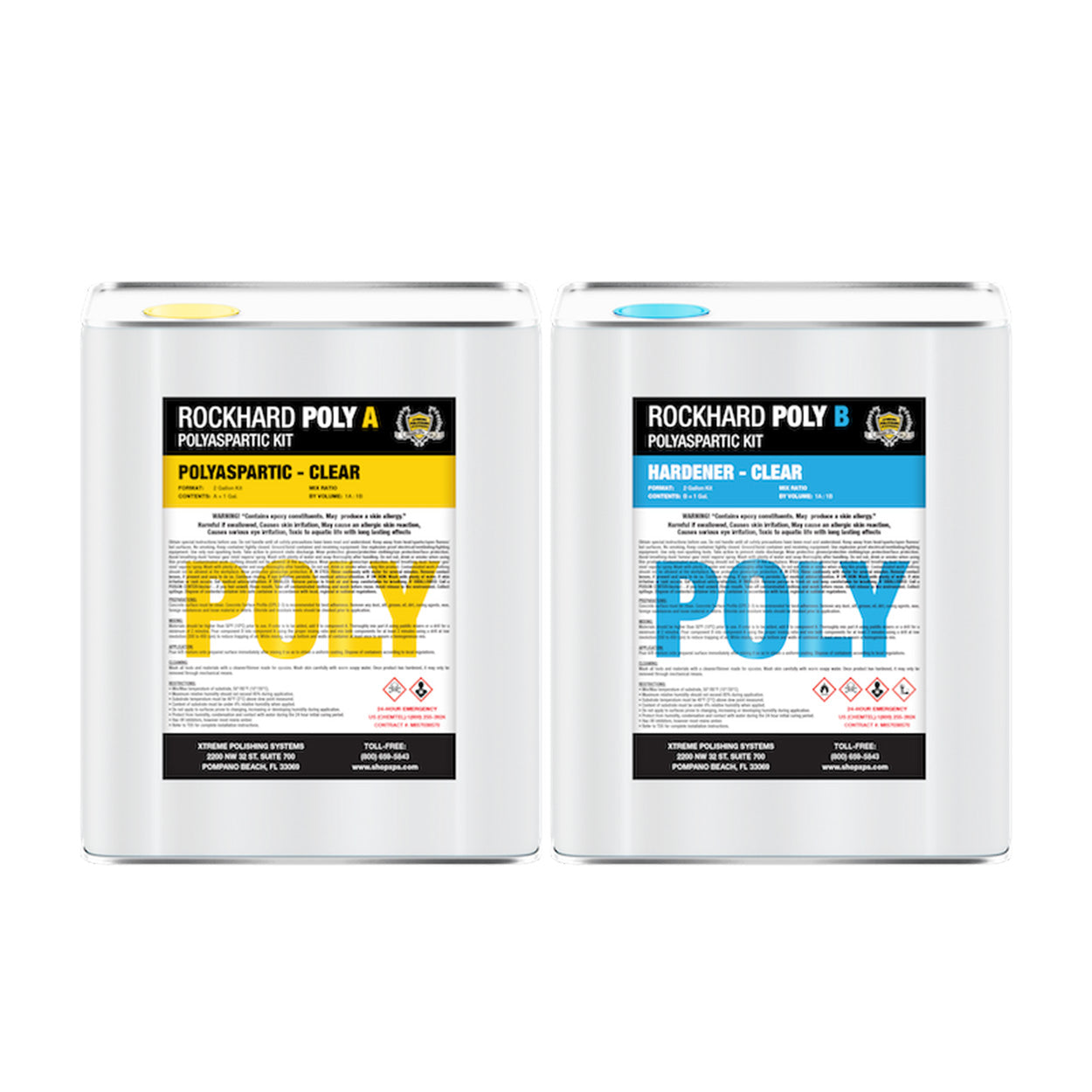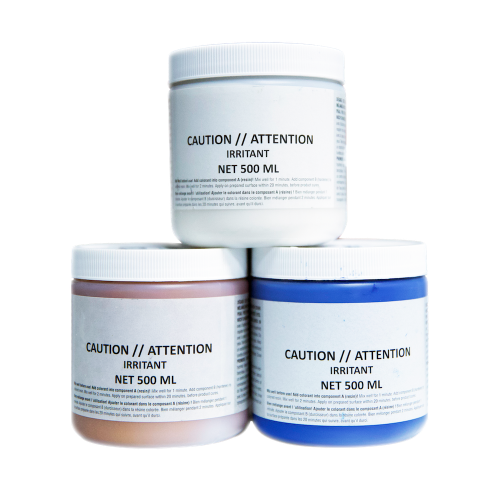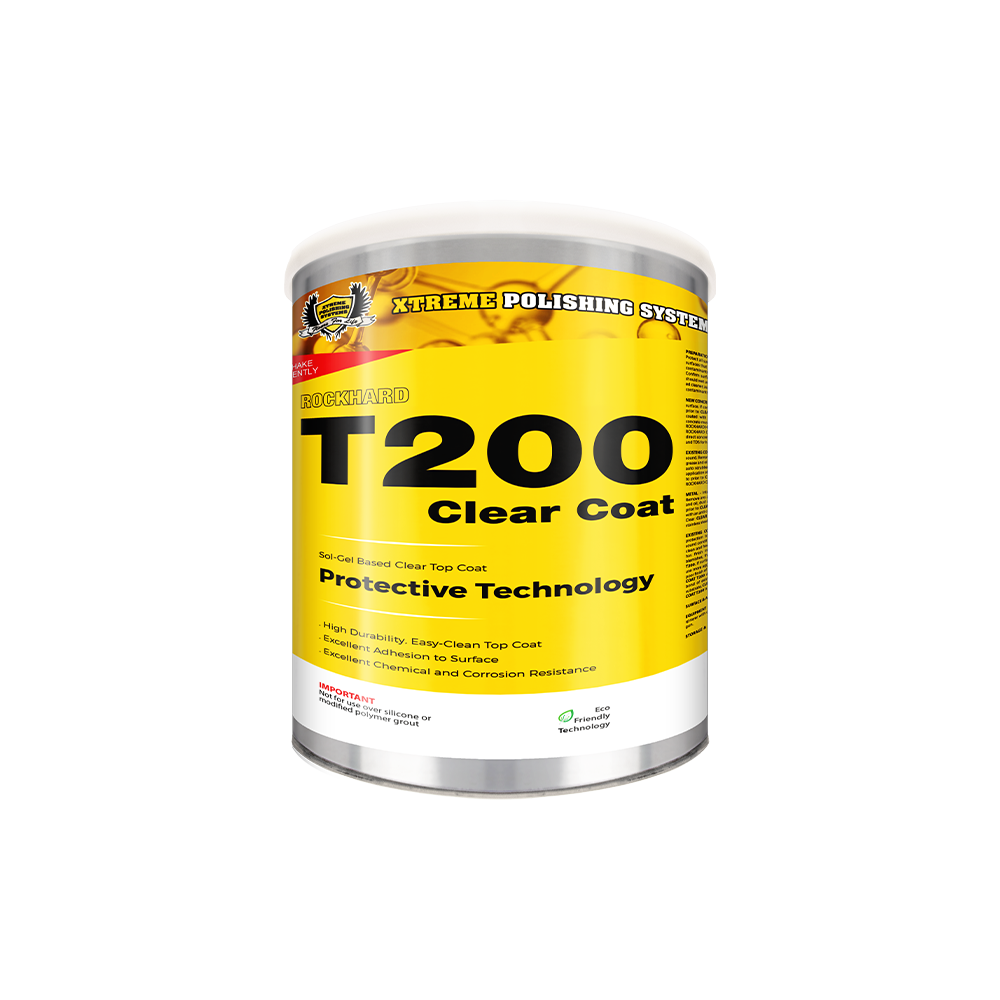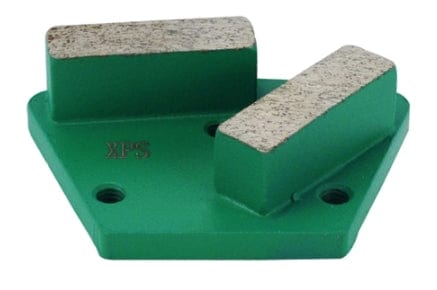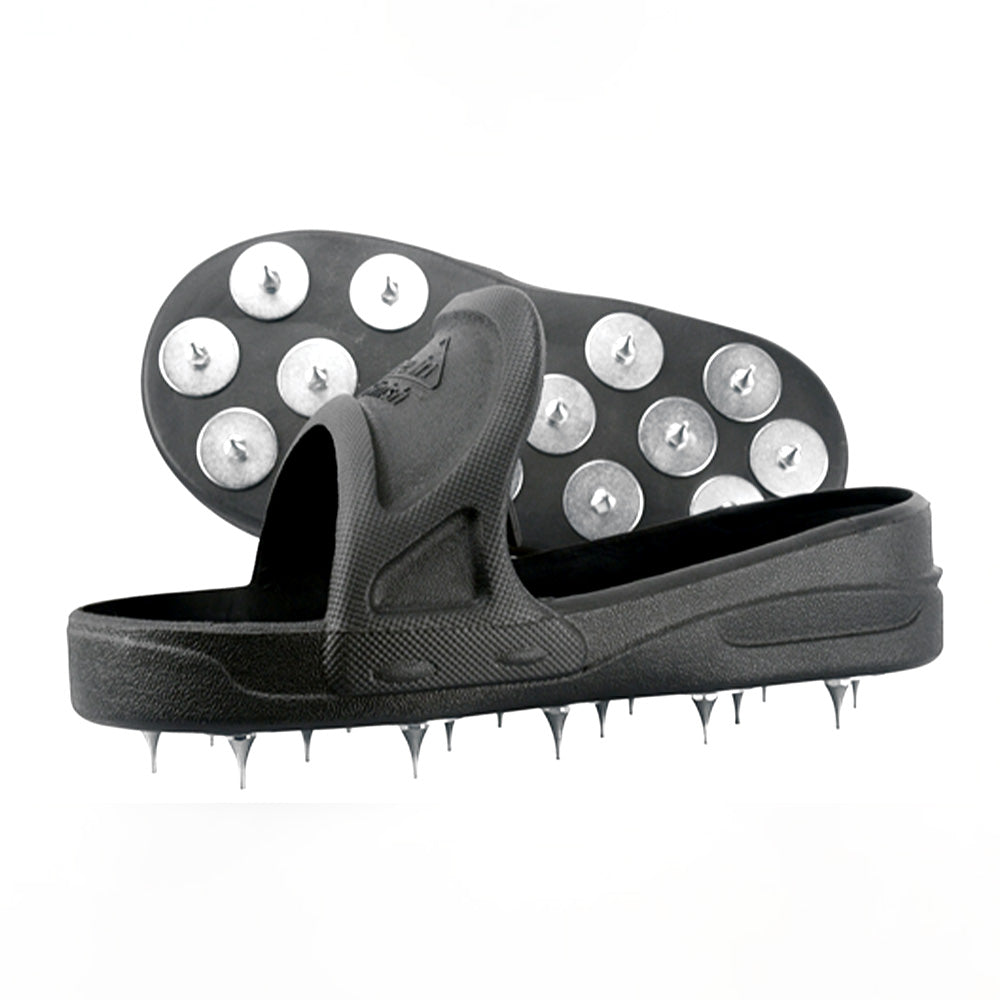Every contractor who has worked long enough knows the feeling: Your client wants a flawless, high-gloss epoxy resin finish, but the surface is uneven and coated with an older flooring system. Sometimes, these jobs have tight deadlines. We all know the time epoxy resin takes to cure and how to work and plan around it. But grinding an old floor to prepare for a new installation? The right floor grinder can make all the difference for efficiency and speed.
At Xtreme Polishing Systems (XPS), we understand that the right tools get the right results. Whether you’re tackling a massive industrial project or a DIY garage renovation, selecting the best floor grinder for the job is crucial. In this guide, we’ll walk you through everything you need to know—from understanding your project requirements to exploring the top grinder models available.
Choosing A Floor Grinder: What You Need to Know & Your Options
1. Understand Your Project Requirements
Before investing in a floor grinder, assessing your project’s specific needs is essential. Ask yourself:
-
What type of surface are you working on? Concrete, epoxy, or polished floors each require different grinding approaches. Not only different approaches, but often also different grinding tools. For instance, a 7" Diamabrush Removal Tool is perfect for thin layers of old epoxy & adhesive. But, a full concrete floor grinding job will require different tooling.
-
How large is the project? Smaller residential jobs may only need a handheld grinder, especially if the flooring is already level. Larger industrial spaces often demand heavy-duty equipment.
-
What’s your end goal? Are you prepping for a coating, removing old epoxy, or achieving a high-gloss polish? Again, much like surface coating, your final goal determines a lot regarding the type of grinder and grinding tools you need.
For example, if you’re working on a large warehouse floor, a planetary grinder with multiple heads might be the best choice for consistent, efficient grinding. On the other hand, a rotary grinder could be ideal for smaller, more detailed projects like garage floors.
2. Types of Floor Grinders: Which One Fits Your Needs?
Not all floor grinders are created equal. Planetary and rotary grinders differ significantly in their design and operation.
Planetary grinders feature multiple grinding heads (typically three or four) that rotate on their own axes while simultaneously orbiting around a central point. This dual-motion creates a uniform, consistent grind across the surface, making planetary grinders ideal for large, flat areas where precision and evenness are critical. The multi-head design also allows for faster material removal and a more polished finish
On the other hand, rotary grinders use a single, large grinding disc that rotates in a circular motion. This design is highly versatile and excels at removing thick coatings, leveling uneven surfaces, and tackling smaller or more intricate projects. While rotary grinders are generally easier to maneuver and better suited for detailed work, they may require more passes to achieve the same level of uniformity as planetary grinders.
Lastly, handheld grinders. Handheld grinders are ideal for tight spaces or detailed work, and generally are lightweight and easy to maneuver. They’re a favorite among DIY enthusiasts and contractors working on residential projects.
At XPS, we offer a wide range of grinders to suit every need, from industrial-grade machines to compact, user-friendly models.

3. Key Features to Look For
When selecting a floor grinder, keep an eye out for these essential features:
-
Motor Power: A more powerful motor ensures faster grinding and better performance on tough surfaces. For heavy-duty projects, look for grinders with motors in the 7.5–10 HP range.
-
Diamond Tooling Compatibility: High-quality diamond tooling is crucial for efficient grinding and polishing. Make sure your grinder is compatible with the right tools for your project. Our team of XPS technicians can help you find the right setup for you!
-
Dust Collection System: Grinding concrete can create a lot of dust. Look for grinders with built-in dust collection systems to keep your workspace clean and safe.
-
Ease of Use: Adjustable handles, intuitive controls, and lightweight designs can make a big difference, especially for long projects.
Pro Tip: Pair your grinder with XPS diamond tooling for optimal performance and durability. Our tools are designed to withstand the toughest grinding jobs, ensuring consistent results every time.
4. Budget Considerations
Floor grinders come in a wide range of prices, so balancing cost with quality is important. While it might be tempting to go for the cheapest option, investing in a reliable, durable machine can save you time and money in the long run.
At XPS, we offer competitive pricing on high-quality grinders, ensuring you get the best value for your investment. Our team is always available to help you find the right machine for your budget.
5. Maintenance and Longevity
A floor grinder is a significant investment, so proper maintenance is key to extending its lifespan. Regularly check and replace diamond tooling, clean the dust collection system, and inspect the motor for wear and tear.
Your business should be buying a good floor grinder for life. So, help it get there! Buying high-quality equipment upfront is only half the equation.
Conclusion
Choosing the right floor grinder doesn’t have to be overwhelming. By understanding your project requirements, exploring different grinder types, and prioritizing key features, you can find the perfect machine for your needs. Believe in your business; invest in the tools that'll jumpstart your success today!
At Xtreme Polishing Systems, we’re here to help you every step of the way. Explore our extensive floor grinders and diamond tooling collection, and take your flooring projects to the next level. Have questions? Our experts are just a call away at (877) 958-5264.



